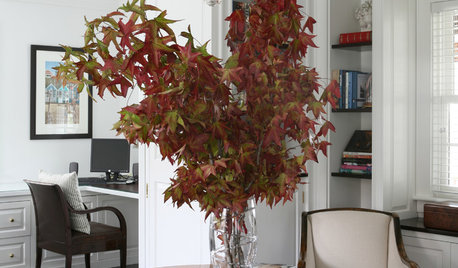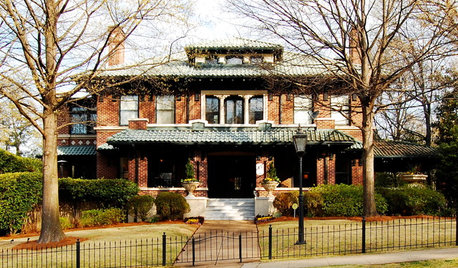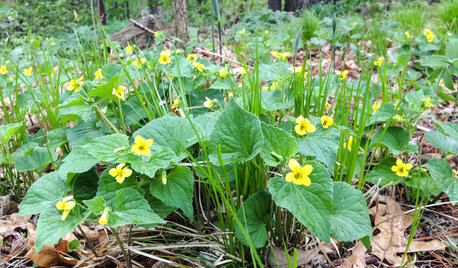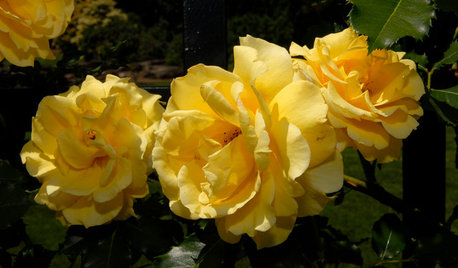Pear tree yellow leaves
insteng
10 years ago
Related Stories

EDIBLE GARDENSHow to Grow Your Own European and Asian Pears
Try these trees for their good looks, delicious fruit and wide range of sizes — plus you can espalier them
Full Story
FALL GARDENING11 Trees for Brilliant Fall Color
Give your landscape the quintessential look of autumn with the red, orange and yellow leaves of these standouts
Full Story
FALL GARDENING5 Ways to Put Fall Leaves to Work in Your Garden
Improve your soil and yard the organic way with a valuable garden booster that grows on trees
Full Story
EDIBLE GARDENSWhy Grow Quince? For Beauty, Fragrance and Old-Time Flavor
Delightfully perfumed fruit and lovely spring blossoms make this apple and pear cousin worth a spot in the garden
Full Story
DECORATING GUIDES9 Easy Ways to Decorate With Autumn Leaves
Give your home a burst of color that can be used Halloween through Thanksgiving
Full Story
GARDENING GUIDESWhat's Wrong With My Plant? Leaves Often Hold the Clues
Learn how to identify common plant ailments by reading their leaves
Full Story
ARCHITECTUREStates of Style: Alabama’s Icons Leave Their Mark
In the first of a new series, discover the natural beauty, the architectural icons and some of our favorite homes deep in the heart of Dixie
Full Story
GARDENING GUIDESGreat Design Plant: Viola Pubescens Dots Woodlands With Yellow
Plant downy yellow violet in eastern U.S. woodland gardens for its heart-shaped leaves and bright yellow flowers
Full Story
GARDENING GUIDES5 Favorite Yellow Roses for a Joyful Garden
Make 'cheery' the name of your garden game when you order your roses sunny side up
Full Story
TREESGreat Design Plant: Cascalote Tree for Sunny Southwestern Style
Enjoy lovely yellow flower spikes in fall and winter with this drought-resistant tree
Full Story





valgor
Fascist_Nation
Related Professionals
Graham Landscape Architects & Landscape Designers · Lakewood Landscape Architects & Landscape Designers · Paradise Landscape Architects & Landscape Designers · Pottstown Landscape Contractors · Barrington Landscape Contractors · Bell Gardens Landscape Contractors · Cerritos Landscape Contractors · East Haven Landscape Contractors · Fort Mill Landscape Contractors · Lemay Landscape Contractors · Reedley Landscape Contractors · Smyrna Landscape Contractors · Vancouver Landscape Contractors · Wentzville Landscape Contractors · West Allis Landscape ContractorsinstengOriginal Author